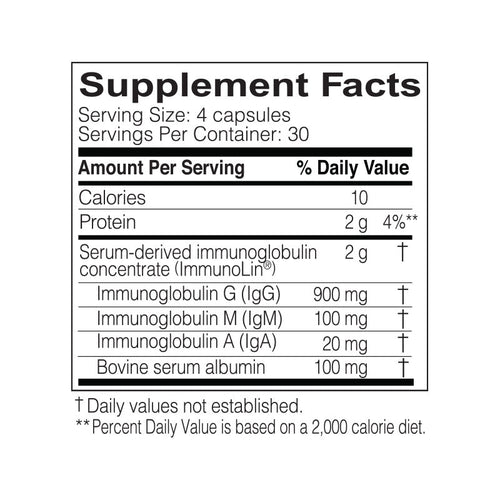Wisdom Tooth Rotting And Breaking

The woes of wisdom teeth. For many, these third molars are a source of discomfort, pain, and anxiety. One of the most feared complications associated with wisdom teeth is rotting and breaking, a scenario that can lead to severe pain, infection, and potentially long-term dental problems. But what exactly happens when a wisdom tooth starts to rot and break, and how can you prevent or manage this issue?
To understand the complexities of wisdom tooth rot and breakage, it’s essential to delve into the world of dental anatomy and the role these teeth play in our mouths. Wisdom teeth, also known as third molars, typically emerge between the ages of 17 and 25. They are located in the back of the mouth, one on each side of the upper and lower jaws. Ideally, these teeth should come in straight, with enough space to grow and function like normal teeth. However, this is not always the case.
The Problem with Wisdom Teeth
Often, the jaw is too small to accommodate these additional teeth, leading to impaction. Impacted wisdom teeth can be partially or fully trapped under the gum and bone, which increases the risk of rot and breakage. When a wisdom tooth is impacted, it can be difficult to clean, creating an ideal environment for bacteria to thrive. As bacteria accumulate, they can lead to infections, cysts, and tumors, causing the tooth to rot and potentially break.
Moreover, the position of wisdom teeth can make them more susceptible to decay. Since they are located in the back of the mouth, it’s easier for food particles and plaque to get stuck, leading to cavities. If left untreated, these cavities can progress, causing the tooth to rot and break. Furthermore, the roots of wisdom teeth are often more complex and harder to reach, making it challenging for dentists to fill cavities or perform root canals, which can increase the risk of the tooth breaking.
Symptoms of Wisdom Tooth Rot and Breakage
Identifying the symptoms of wisdom tooth rot and breakage is crucial for timely intervention. Common signs include:
- Severe Pain: A sharp, stabbing, or throbbing pain in the jaw, gum, or tooth area, which can be exacerbated by pressure, temperature changes, or chewing.
- Swollen Gums: Red, tender, or swollen gums around the affected tooth, which may be accompanied by discharge or pus.
- Bad Breath: Persistent bad breath or a bad taste in the mouth, indicating infection or rot.
- Difficulty Opening the Mouth: Limited mobility or stiffness in the jaw, making it hard to open the mouth or chew.
- Visible Cavities or Breakage: Noticeable decay or cracks in the tooth, which can be seen visually or felt with the tongue.
Prevention and Management
Preventing wisdom tooth rot and breakage involves a combination of good oral hygiene practices, regular dental check-ups, and sometimes, surgical intervention. Here are some strategies to mitigate these issues:
- Regular Dental Check-Ups: Regular visits to the dentist can help identify potential problems early on, allowing for timely intervention.
- Good Oral Hygiene: Practicing good oral hygiene, including brushing, flossing, and using mouthwash, can help prevent the buildup of bacteria and plaque.
- Professional Cleanings: Regular professional cleanings can remove plaque and tartar, reducing the risk of cavities and infections.
- Wisdom Teeth Removal: In some cases, removing the wisdom teeth can be the best option, especially if they are impacted or causing problems.
- Monitoring and Maintenance: After a wisdom tooth has been treated for rot or breakage, it’s essential to monitor the area closely and maintain good oral hygiene to prevent further complications.
The Role of Technology in Wisdom Tooth Care
Advancements in dental technology have significantly improved the diagnosis, treatment, and management of wisdom tooth issues. For instance, 3D imaging and CBCT (Cone Beam Computed Tomography) scans can provide detailed views of the tooth and surrounding bone, helping dentists assess the extent of the problem and plan the best course of treatment. Moreover, laser dentistry and minimally invasive procedures can make treatments less painful and reduce recovery times.
Conclusion
Wisdom tooth rotting and breaking are serious dental issues that require prompt attention. By understanding the causes, recognizing the symptoms, and adopting preventive measures, individuals can reduce their risk of experiencing these complications. Regular dental check-ups, good oral hygiene, and timely intervention are key to managing wisdom tooth problems and maintaining overall dental health. Remember, a healthy smile is not just a matter of aesthetics; it’s also a sign of good oral health and a crucial aspect of our overall well-being.
What are the common signs of wisdom tooth rot and breakage?
+Common signs include severe pain, swollen gums, bad breath, difficulty opening the mouth, and visible cavities or breakage.
How can I prevent wisdom tooth rot and breakage?
+Prevention involves regular dental check-ups, good oral hygiene practices, professional cleanings, and sometimes, surgical intervention to remove problematic wisdom teeth.
What role does technology play in the treatment of wisdom tooth issues?
+Advancements in dental technology, such as 3D imaging and laser dentistry, have improved the diagnosis, treatment, and management of wisdom tooth problems, making procedures less invasive and more effective.

